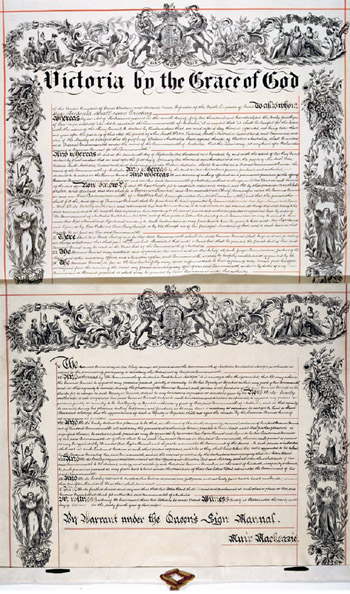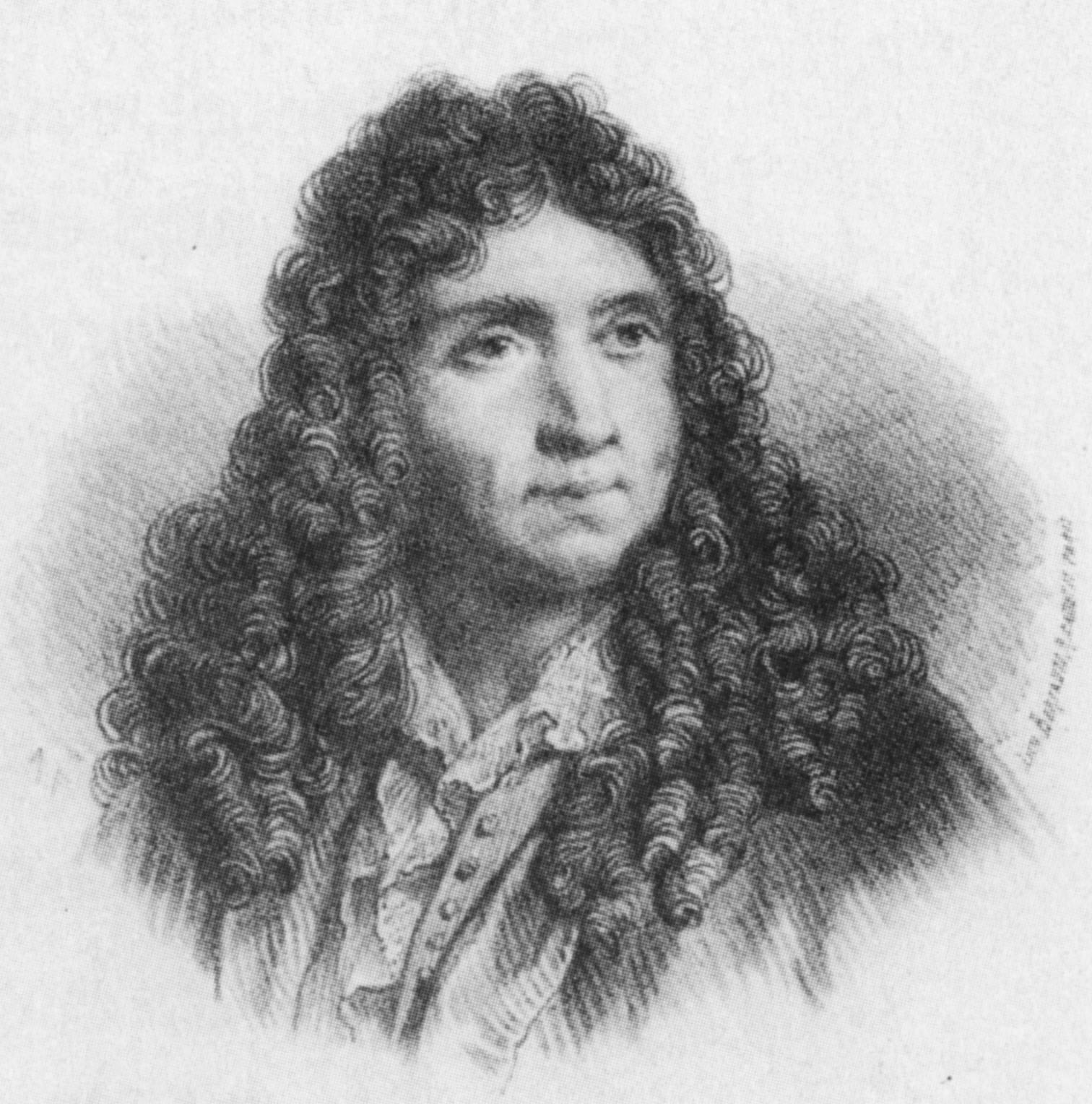|
Paris Opera Ballet
The Paris Opera Ballet () is a French ballet company that is an integral part of the Paris Opera. It is the oldest national ballet company, and many European and international ballet companies can trace their origins to it. It is still regarded as one of the five most prominent ballet companies in the world, together with the Bolshoi Ballet in Moscow, the Mariinsky Ballet in Saint Petersburg, the Royal Ballet in London, and the New York City Ballet.Pourquoi les ballets de l'Opéra de Paris font partie des spectacles favoris des fêtes article by Martine Robert, 27 December 2013, Les Echos. Since December 2022, the company has been under the direction ... [...More Info...] [...Related Items...] OR: [Wikipedia] [Google] [Baidu] |
Paris Opera
The Paris Opera ( ) is the primary opera and ballet company of France. It was founded in 1669 by Louis XIV as the , and shortly thereafter was placed under the leadership of Jean-Baptiste Lully and officially renamed the , but continued to be known more simply as the . Classical ballet as it is known today arose within the Paris Opera as the Paris Opera Ballet and has remained an integral and important part of the company. Currently called the , it mainly produces operas at its modern 2,723-seat theatre Opéra Bastille which opened in 1989, and ballets and some classical operas at the older 1,979-seat Palais Garnier which opened in 1875. Small scale and contemporary works are also staged in the 500-seat Amphitheatre under the Opéra Bastille. The company's annual budget is in the order of 200 million euros, of which €100M come from the French state and €70M from box office receipts. With this money, the company runs the two houses and supports a large permanent staff, wh ... [...More Info...] [...Related Items...] OR: [Wikipedia] [Google] [Baidu] |
Jean-Baptiste Lully
Jean-Baptiste Lully ( – 22 March 1687) was a French composer, dancer and instrumentalist of Italian birth, who is considered a master of the French Baroque music style. Best known for his operas, he spent most of his life working in the court of Louis XIV of France and became a French citizenship, subject in 1661. He was a close friend of the playwright Molière, with whom he collaborated on numerous ''comédie-ballets'', including ''L'Amour médecin'', ''George Dandin ou le Mari confondu'', ''Monsieur de Pourceaugnac'', ''Psyché (play), Psyché'' and his best known work, ''Le Bourgeois gentilhomme''. Biography Lully was born on November 28 or 29, 1632, in Florence, Grand Duchy of Tuscany, to Lorenzo Lulli and Caterina Del Sera, a Tuscan family of millers. His general education and his musical training during his youth in Florence remain uncertain, but his adult handwriting suggests that he manipulated a quill pen with ease. He used to say that a Franciscan friar gave him his ... [...More Info...] [...Related Items...] OR: [Wikipedia] [Google] [Baidu] |
Jeu De Paume De La Bouteille
The Salle de la Bouteille () or Salle du Jeu de Paume de la Bouteille (), later known as the Hôtel [de] Guénégaud () or Guénégaud Theatre, was a 1671 Theater (structure), theatre located in Paris, France, between the rue de Seine and the rue des Fossés de Nesle (now 42 rue Mazarine, at its intersection with the rue Jacques Callot). It was across from the rue Guénégaud, which ran behind the garden of a townhouse formerly known as the Hôtel de Guénégaud (quai de Nevers), Hôtel de Guénégaud on the quai de Nevers. The theatre was the first home of the Paris Opera and in 1680 became the first theatre of the Comédie-Française. It closed in 1689 and was later partially demolished and remodeled for other purposes. History Originally a tennis court (''jeu de paume'') that was converted into a theatre, it was inaugurated in 1671 as the first home of Pierre Perrin's Académie d'Opéra (see Paris Opera). The first French opera, Robert Cambert's ''Pomone (opera), Pomone'' w ... [...More Info...] [...Related Items...] OR: [Wikipedia] [Google] [Baidu] |
Pomone (opera)
''Pomone'' ('' Pomona'') is a pastoral opera in a prologue and five acts by Robert Cambert with a libretto by Pierre Perrin. It has been described as "effectively the first French opera."Sadler 2001, p.180. Bashford 1992, p. 697: "Considered by modern scholars to be the first true French opera..." It was first performed in Paris at the Jeu de Paume de la Bouteille theatre belonging to Cambert and Perrin's Académie d'Opéra on 3 March 1671. The production had ballets choreographed by Des Brosses and sets and machinery designed by Alexandre de Rieux, marquis de Sourdéac.Jean-Claude Brenac. The novelty of the work drew large audiences and the opera enjoyed 146 performances over the eight months of its run. The score of ''Pomone'' has only partially survived. Background and performance history Attempts had been made to introduce Italian opera to France in the mid-17th century but French audiences had disliked the genre, preferring their own form of stage music drama, the '' ba ... [...More Info...] [...Related Items...] OR: [Wikipedia] [Google] [Baidu] |
Pierre Perrin
Pierre Perrin ( – 24 April 1675) was a French poet and librettist. Perrin, sometimes known as L'Abbé Perrin although he never belonged to the clergy, was born in Lyon. He founded the Académie d'Opéra, which later was renamed the Académie Royale de Musique when control of it passed to Jean-Baptiste Lully. He worked with Robert Cambert, creating with him ''La Pastorale d'Issy'' in 1659, and with Jean-Baptiste Boësset, creating ''La Mort d'Adonis'', in 1662. With Cambert, he also created '' Pomone'', which inaugurated the opening of the first "salle de l'Opéra" in 1671, of which he had obtained the privilege from King Louis XIV LouisXIV (Louis-Dieudonné; 5 September 16381 September 1715), also known as Louis the Great () or the Sun King (), was King of France from 1643 until his death in 1715. His verified reign of 72 years and 110 days is the List of longest-reign .... He also presented there his ''Les peines et les plasirs de l'amour''. A poor administrator an ... [...More Info...] [...Related Items...] OR: [Wikipedia] [Google] [Baidu] |
Letters Patent
Letters patent (plurale tantum, plural form for singular and plural) are a type of legal instrument in the form of a published written order issued by a monarch, President (government title), president or other head of state, generally granting an office, right, government-granted monopoly, monopoly, title or status to a person or corporation. Letters patent can be used for the creation of corporations, government offices, to grant city status or heraldry, coats of arms. Letters patent are issued for the appointment of representatives of the Crown, such as governors and governor-general, governors-general of Commonwealth realms, as well as appointing a Royal Commission. In the United Kingdom, they are also issued for the creation of peers of the realm. A particular form of letters patent has evolved into the modern intellectual property patent (referred to as a utility patent or design patent in United States patent law) granting exclusive rights in an invention or design. In ... [...More Info...] [...Related Items...] OR: [Wikipedia] [Google] [Baidu] |
Académie Royale De Danse
The Académie Royale de Danse, founded by Letters Patent on the initiative of King Louis XIV of France in March 1661, was the first dance institution established in the Western world. As one of King Louis’ first official edicts after the death of royal adviser Jules Mazarin, the "Letters Patent of the King to Establish a Royal Academy of Dance in the City of Paris" represented a critical step towards the young King's wielding of consolidated personal power. Structurally, the Académie consisted of thirteen dancing masters selected by King Louis XIV for being the "most experienced in the Art f dance" This "experience" was determined by each dancer's history of success in previous royal productions of '' ballets de cour''. Most famously, eight of the selected dancing masters performed with King Louis XIV during his portrayal of Apollo Apollo is one of the Twelve Olympians, Olympian deities in Ancient Greek religion, ancient Greek and Ancient Roman religion, Roman reli ... [...More Info...] [...Related Items...] OR: [Wikipedia] [Google] [Baidu] |
Théâtre Du Palais-Royal (rue Saint-Honoré)
The Théâtre du Palais-Royal (; or Grande Salle du Palais-Royal) on the rue Saint-Honoré in Paris was a theatre in the east wing of the Palais-Royal, which opened on 14 January 1641 with a performance of Jean Desmarets' tragicomedy ''Mirame''. The theatre was used by the troupe of Molière from 1660 to 1673 and as an opera house by the Académie Royale de Musique from 1673 to 1763, when it was destroyed by fire.Coeyman 1998, pp. 60–71. It was rebuilt and reopened in 1770, but again was destroyed by fire in 1781 and not rebuilt.Pitou 1983, pp. 26–30. First theatre Cardinal Richelieu The Palais-Royal was originally known as the Palais-Cardinal, since it was built in the 1630s as the principal residence of Cardinal Richelieu. The palace already had a small theatre, the Petite Salle des Comédies, located in the wing running north from the east end of the ''corps-de-logis''. On a 1673 plan it is marked "Petite Salle des Ballets". In 1637 Richelieu asked his architect Jacq ... [...More Info...] [...Related Items...] OR: [Wikipedia] [Google] [Baidu] |
Molière's Company
Molière's company (''La Troupe de Molière'') was the theatrical company which formed around Molière from 1648 onwards, when he was performing in the French provinces after the failure of the Illustre Théâtre in 1645. In 1658 the company moved to Paris and, after a successful performance on 24 October 1658 in front of Louis XIV at the Louvre, was allowed to share the large hall in the Hôtel du Petit-Bourbon with the Italian players of Tiberio Fiorillo. At this time Molière's company became known as the Théâtre de Monsieur, since their official sponsor was the King's brother Philippe, Duke of Orléans, known as Monsieur. When the Petit Bourbon was demolished in 1660 to make way for the eastern expansion of the Louvre, Molière's troupe was allowed to use the abandoned Théâtre du Palais-Royal. The latter theatre had originally been built by Cardinal Richelieu in 1641. After Molière's death in 1673, his widow Armande Béjart and the actor La Grange kept the remnants ... [...More Info...] [...Related Items...] OR: [Wikipedia] [Google] [Baidu] |
Pierre Beauchamps
Pierre Beauchamp or Beauchamps (; 30 October 1631 – February 1705) was a French choreographer, dancer and composer, and the probable inventor of Beauchamp–Feuillet notation. His grand-father was called Christophe (a musician) and his father, a violinist of the king's chamber, was simply called Louis. Following a custom of the time, Pierre Beauchamp was named Pierre after his godfather Pierre Vacherot, tailor of the queen's pages and a relative of the Beauchamps family. Biography Beauchamp was born at Versailles (Yvelines), into a family of French "dance masters" (). He débuted at the court of Louis XIV at age 12, in 1648, in the ''Ballet du dérèglement des passions''. He was made director of the Académie Royale de Danse in 1671 (although he was not a founding member of the Académie as is often claimed). Beauchamp was principal choreographer to Molière's acting company (the Troupe du Roy) during 1664-1673, as well as ballet master at the Académie Royale de Musiq ... [...More Info...] [...Related Items...] OR: [Wikipedia] [Google] [Baidu] |





